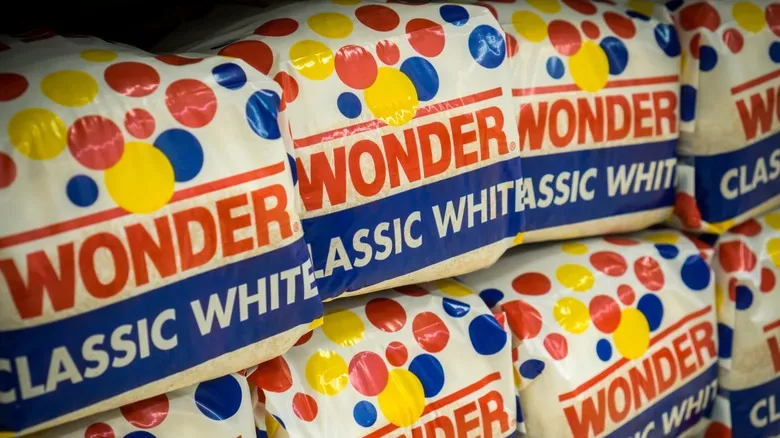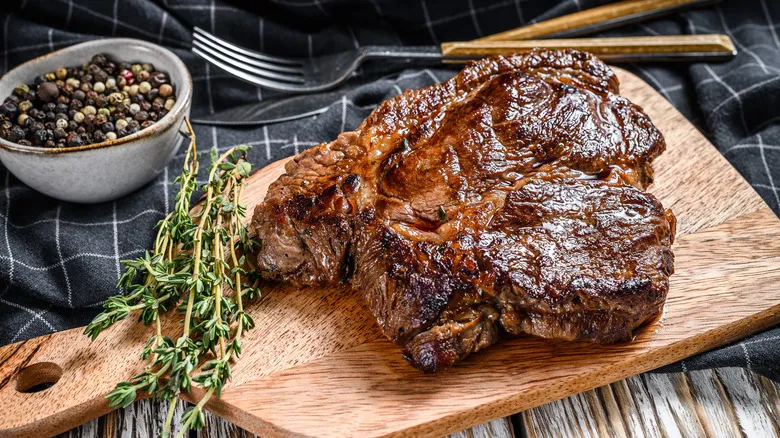Putting the wonder in Wonder Bread
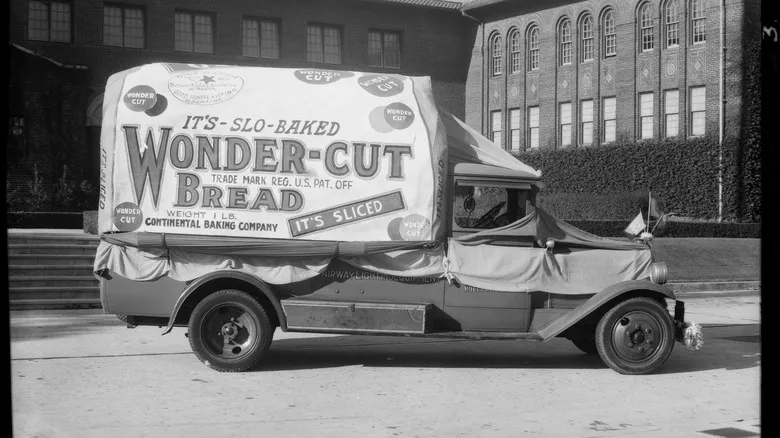
The creative force behind Wonder Bread's enigmatic advertising campaign was Elmer Cline, the vice president of Taggart Baking Company. While the campaign was highly successful, it wasn't even Cline's most significant contribution to the brand; he also came up with its name. A year prior to the launch of Wonder Bread, Cline attended the International Balloon Race at the Indianapolis Speedway. As he watched the vibrant balloons ascend into the sky, one word resonated with him: wonder. He felt it was the ideal name for Taggart's new product, and the event also inspired the balloon imagery featured on Wonder Bread's distinctive packaging.
During the interwar years, Americans viewed the rise of industrialism with optimism. The consistency achieved through mass food production was perceived as a sign of quality. Wonder Bread was sold in 1.5-pound loaves, while most other brands offered only one-pound options, symbolizing the prosperity brought about by manufacturing.
One of the most significant advancements for Wonder Bread occurred in 1930 when it began selling pre-sliced bread. Contrary to popular belief, Wonder Bread did not invent sliced bread; that innovation came two years earlier from the Chillicothe Baking Company. However, Wonder Bread was among the first major brands to adopt this innovation, enhancing its reputation as a brand representative of a new American era. In fact, Wonder Bread was showcased at the 1939 World's Fair Food Zone, an exhibit that aimed to present visitors with visions of future foods.
The near extinction of Wonder Bread
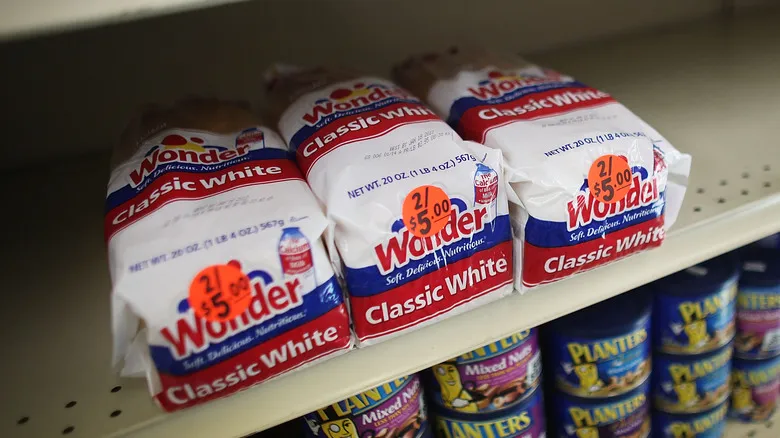
In 1925, the Continental Baking Company acquired Taggart, taking over the production of Wonder Bread and another Taggart line: Hostess sweets. Under Continental's ownership, both Wonder Bread and Hostess grew into nationally recognized brands. Business thrived after World War II, with Wonder Bread becoming a staple for the baby boomer generation. The rise of television led Continental to launch aggressive advertising campaigns, establishing its products as household names. However, over time, concerns emerged regarding the high sugar content in Wonder Bread, and the Federal Trade Commission even accused Continental of deceptive advertising by marketing Wonder Bread as a healthy option.
By the late 20th century, public perception of Wonder Bread began to decline as awareness of processed foods increased and a focus on health-conscious eating emerged. Wonder Bread was recognized as one of the least nutritious store-bought breads, while whole wheat and artisan varieties gained popularity.
This decline ultimately led Hostess to file for bankruptcy in 2012. Production of Wonder Bread ceased, and many feared it would never return. However, in 2013, Flowers Foods, which owns several bread brands like Nature's Own and Dave's Killer Bread, stepped in to rescue Wonder Bread, purchasing it for $360 million. It has since returned to store shelves, but it has struggled to regain the iconic status it once enjoyed.
Recommended

The Science Behind Why We Eat Chicken Noodle Soup When Sick
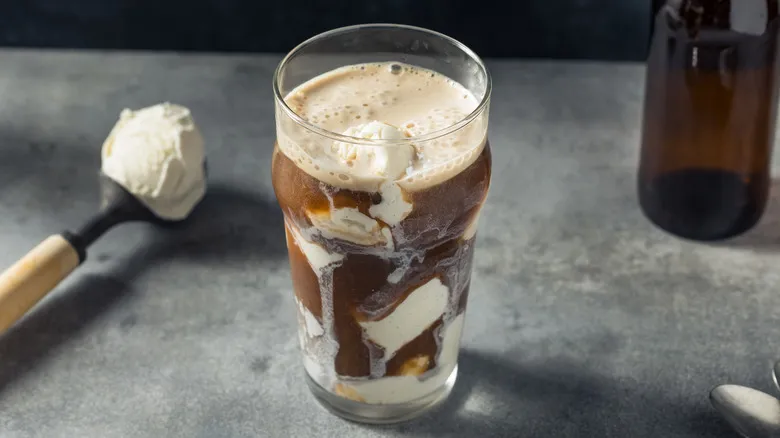
How Root Beer Got Its Misleading Name

How Adding Peanuts To Coca-Cola Became A Southern Thing
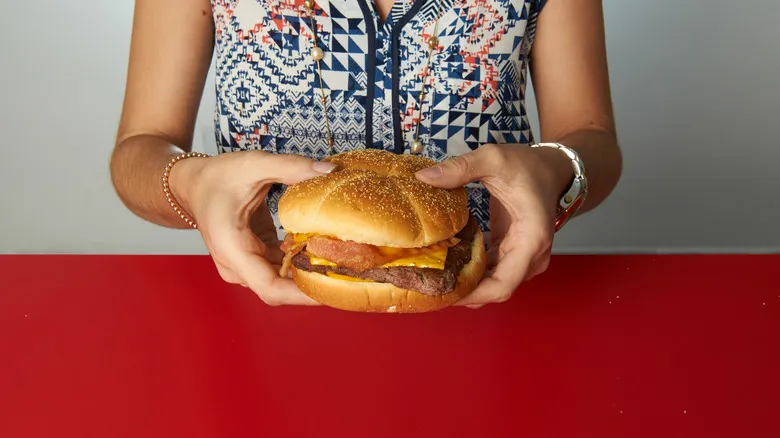
The Marketing Scheme Behind Wendy's Square Burgers And Why It Almost Backfired
Next up

